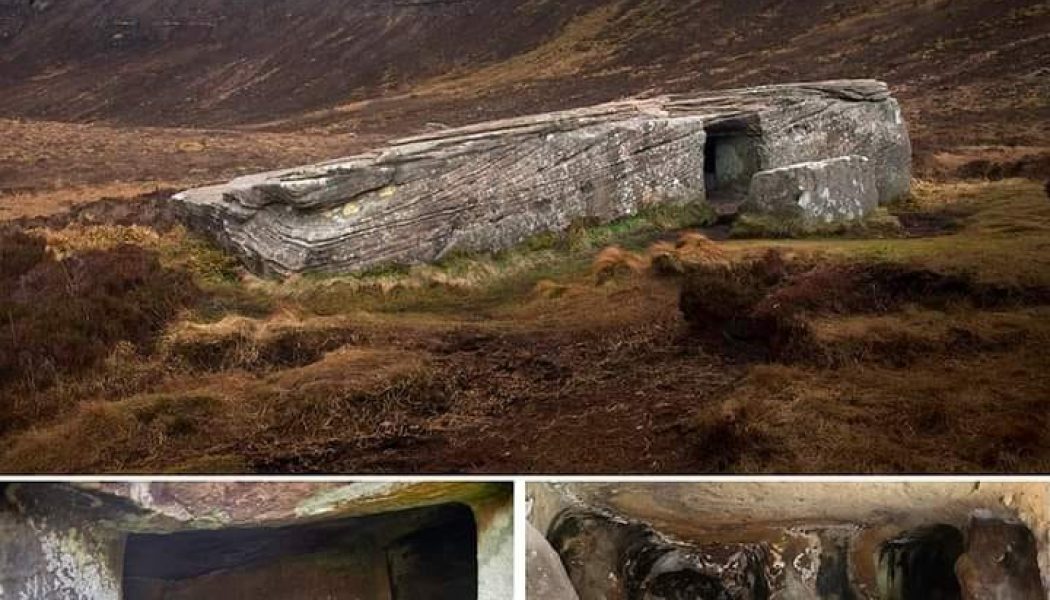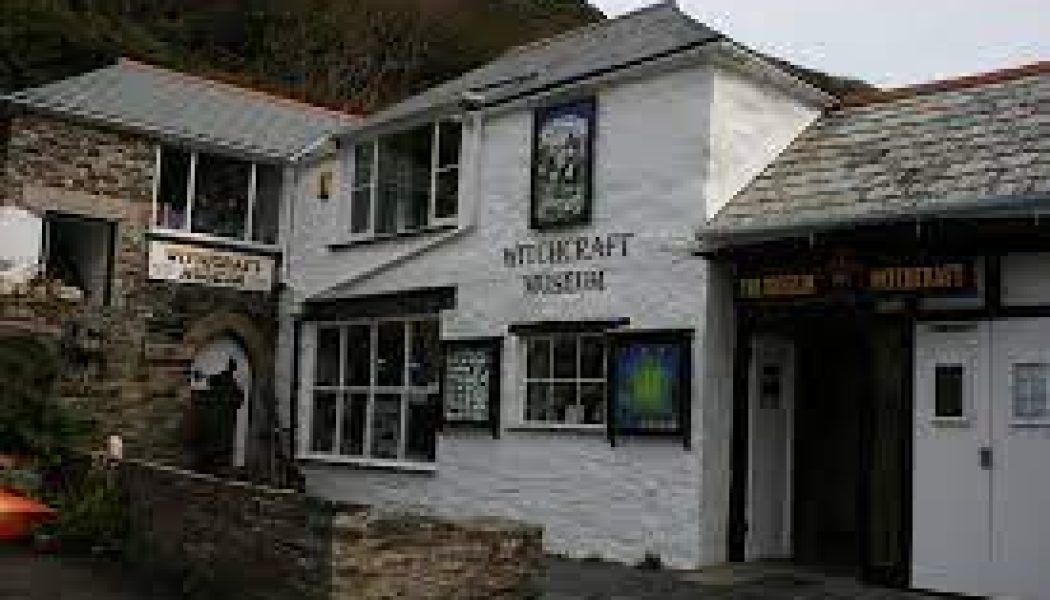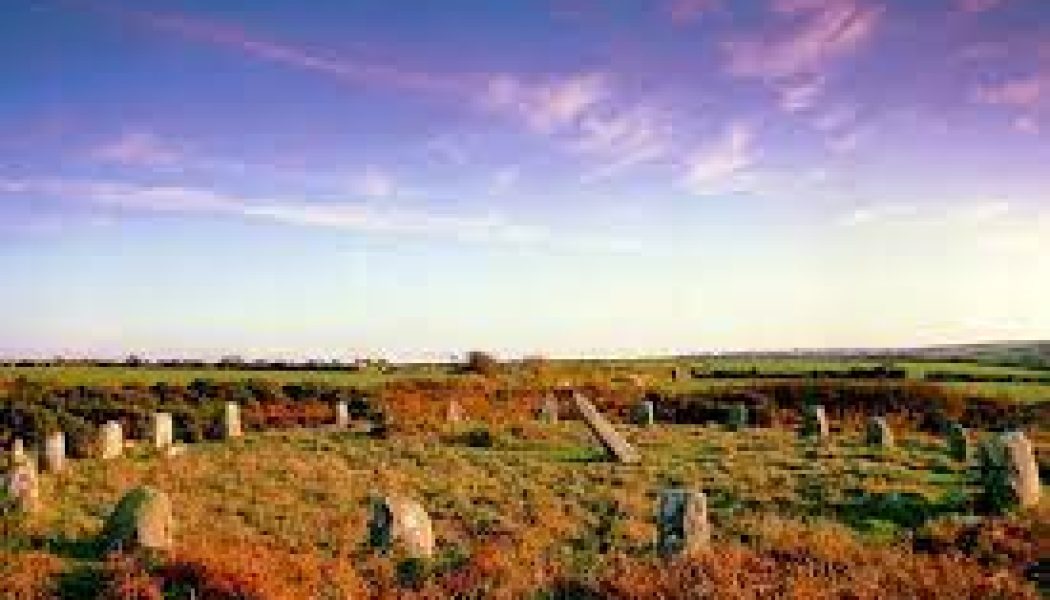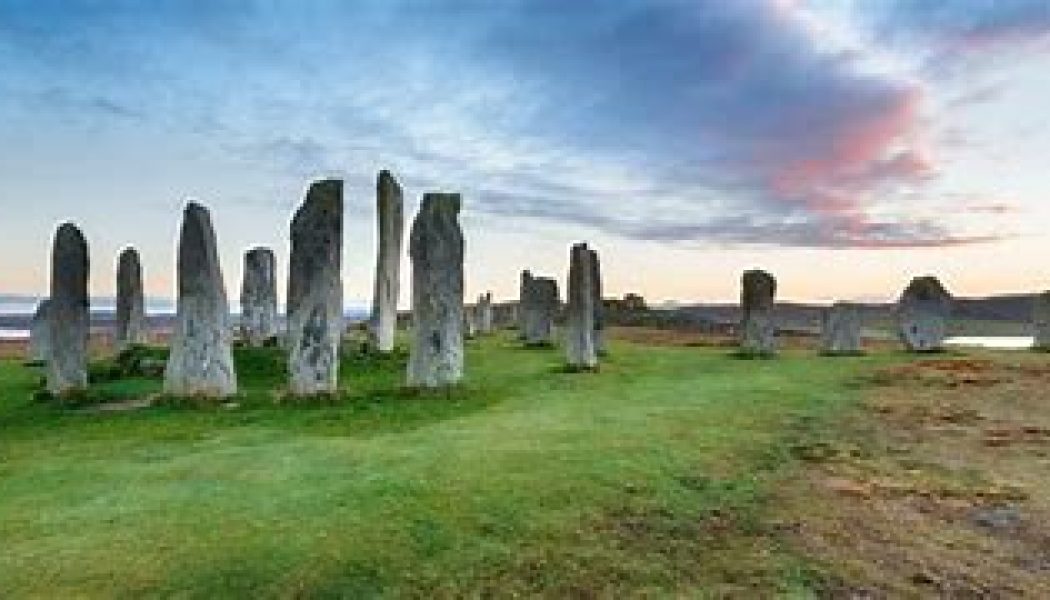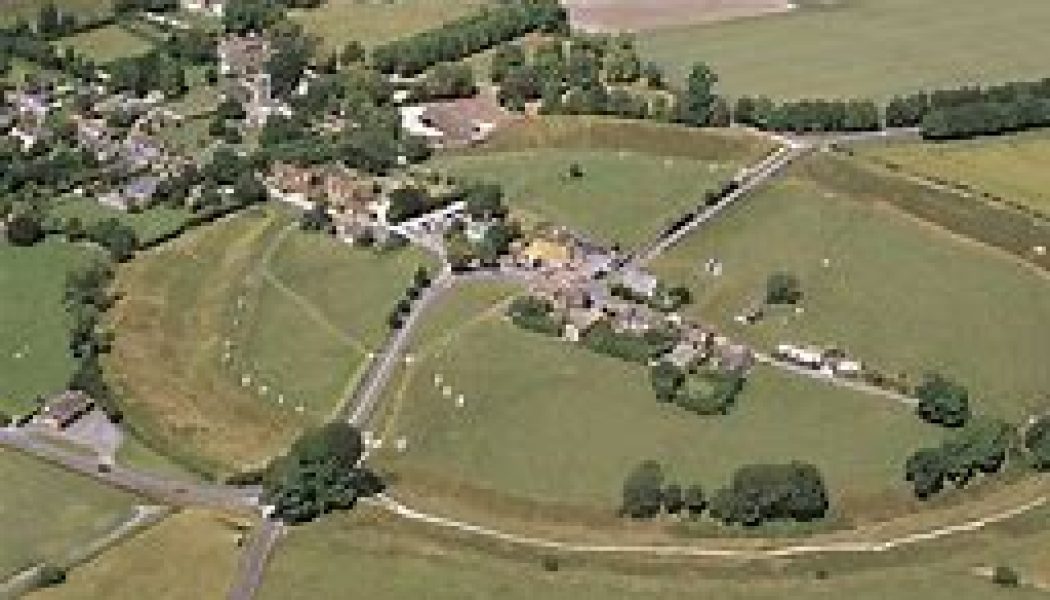Places of Interest UK
The Dwarfie Stane
The Dwarfie Stane, Orkney. A sandstone monolith with carved interior chambers, a tiny door aligned exactly west, and a plug that fits snug yet allows a little air inside. The chamber has a sonic reson...
St. Frideswide’s well
St. Frideswide’s well is located in the small village of Frilsham, Berkshire. This is one of the many holy wells you can find within the British Isles + a places that folk practitioners will fre...
Witchcraft Museum Boscastle
Nestled in the valleys of North Cornwall, you will find a quaint village that attracts tourists throughout the year. This village is called Boscastle + is home to the famous Witchcraft Museum and Magi...
BOSCAWEN-UN STONE CIRCLE (nr Lands End, Cornwall)
Famous stone circle that is still used by the Cornish Gorsedd today. Many votive offerings have been found here, and the whole place has very much a faery ring feel to it. The central impressive stone...
A To Z of Sacred Sites in the UK
AVEBURY (nr Marlborough, Wiltshire) One of Britain’s most well known stone circles, dating from around 4000 years ago and originally consisted of 180 stones. Today it is possible to see two stone circ...
Avebury
One of Britain’s most well known stone circles, dating from around 4000 years ago and originally consisted of 180 stones. Today it is possible to see two stone circles surrounded by an outer circle. T...
Chanctonbury Ring
In England, Chanctonbury Ring is one of the time-honored meeting places of the Sussex witches. A well-known landmark and local beauty spot, it is a green, rounded height, crowned by a fine clump of tr...
Witchcraft in the Cotswold
The area of the Cotswold Hills has long been famous as a centre of witchcraft lore. In modern days two events have brought this fact to notice: the so-called ‘Witchcraft Murder’ on Meon Hill in ninete...
